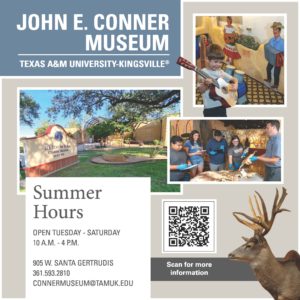El huevo is a universal tool for Mexican curatives.
Most people have experienced or heard of how a baby was admired and not touched and then the baby became sick with a fever and cried inconsolably. In the Mexican culture one of the best cures involves the egg. For this ritual the guardian will rub an egg over the body of the affected person, crack the egg and put it in a glass of water underneath the affected person’s bed. It is believed that the egg will absorb the bad energy and protect against the evil eye. This is known as the “Mal de Ojo,” or “evil eye,” a common Mexican belief and ritual. It sounds like a strange custom but thousands claim it is very real.
It’s all part of Curanderismo, a holistic approach to healing mind, body and spirit. These remedies are the product of centuries of experience in Mexico, heavily influenced by the Moors, Native Americans, Judeo-Christians, Greeks, Africans and Aztecs,
Since Dr. Eliseo “Cheo” Torres was a boy growing up on the border of Mexico, he has been fascinated by the folk traditions and folkways of Mexico and of his ancestral roots. Both of his parents were versed in aspects of herbal traditions and healing.
Today, he has matured and learned from them a love and respect for the history and folk knowledge of the ancient art of curanderismo, or Mexican folk healing. Torres is currently an administrator at the University of New Mexico, Vice President for Student Affairs and a faculty member of the College of Education.
On Sept. 27, Dr. Torres gave a presentation on Curanderismo: Healing with Plants and Rituals of South Texas, Mexico and the Southwest at Texas A&M University-Kingsville.
“We’re celebrating Hispanic Cultural Month and it’s a national celebration and this is very much part of our culture, traditional medicine, that dates back to 1519, so it’s important to understand traditional medicine and how it has played an important role in our lives, in Hispanic lives, and the contributions that it’s made,” Torres said.
The Hispanic Heritage Committee, in partnership with the Office of Student Activities, is helping students, faculty and staff recognize the contributions that Hispanic and Latino Americans have bestowed upon the nation. The university hosts these events to celebrate the rich culture that for which Hispanics fought.
“There are many facets to the Hispanic Culture, and the committee of faculty, staff and students has worked hard to present a variety of different educational and interactive activities with the goal of increasing awareness and appreciation for the Hispanic culture. In that regard, the university plays a key role in highlighting customs that have been forgotten or are not well known, and also celebrating the positive achievements of Hispanics in Texas and other parts of Latin America,” Antonia Alvarez, a key member of the Hispanic Heritage Committee, said.
At the University of New Mexico, Torres offers many online classes available to everyone that highlights different aspects of Curanderismo. Many of these courses include trips to Mexico, Spain, and other areas where the belief in Curanderismo runs deep.
“There is a sense of comradery that you don’t see in many classroom settings. I have gone [on these trips] every year and each time I learn something new. But not only do I learn something each time but what I do learn I use in my life with children and in my life with grandchildren,” Nieves Torres, Dr. Eliseo “Cheo” Torres’ wife, said.
